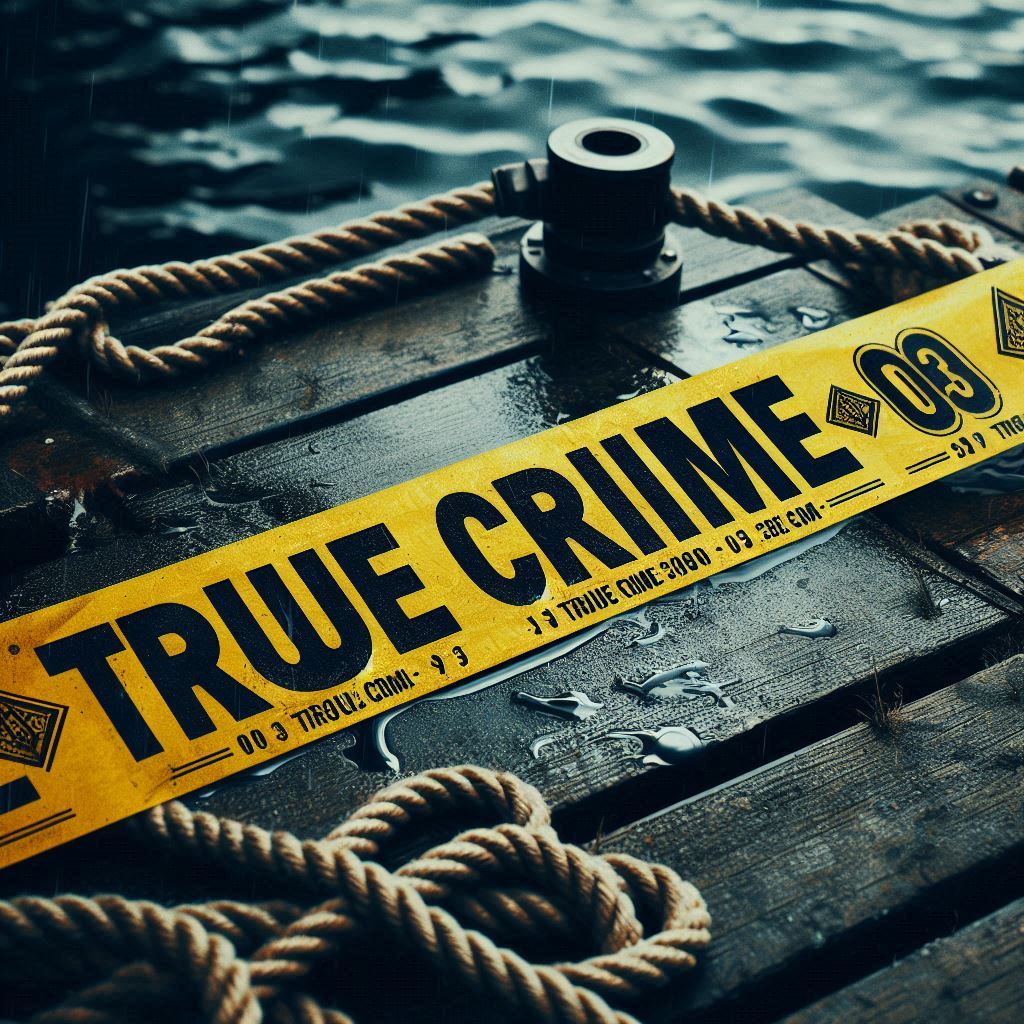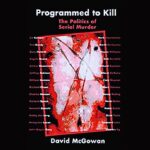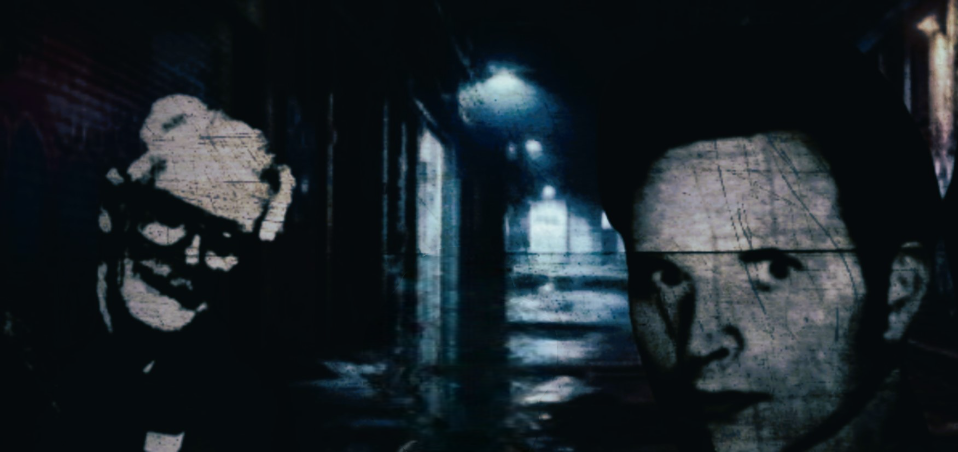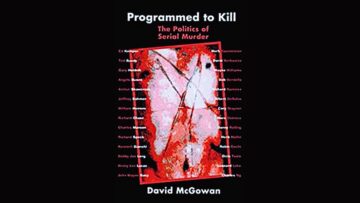Dean Corll’s story is one of haunting mysteries and tragic outcomes. Born on December 24, 1939, Corll’s journey into infamy began in Houston, Texas, where between 1970 and 1973, he committed a string of horrific acts. The world watched in shock as it was revealed he abducted, tortured, and murdered at least 28 young boys and men in what became known as the Houston Mass Murders.
Working alongside Corll were his teen accomplices, David Owen Brooks and Elmer Wayne Henley. Brooks and Henley, motivated by a mix of fear and manipulation, played significant roles in the abductions and ensuing violence. Corll’s death came at the hands of Henley, who, overwhelmed by the gravity of their crimes, fatally shot Corll. Henley’s confrontation with Corll was a turning point, bringing this grisly chapter to an end and unearthing details of the brutalities they’d enacted.
The revelation of these crimes turned heads everywhere, pulling the public into a whirlpool of horror and fascination. The Houston Mass Murders became a defining moment in criminal history, challenging law enforcement and leaving communities grappling with the fear these events sparked. The public response was a complex blend of outrage, disbelief, and a desperate need for justice.
Media outlets flooded the airwaves and print with stories of Corll’s deeds, casting a spotlight not just on the gruesome details but also on larger issues of trust, community safety, and the hidden dangers lurking within neighborhoods. The reverberations from these events shifted conversations about serial murders and how law enforcement dealt with them, marking a pivotal shift in U.S. criminal justice history.
The Questionable Link: Human Trafficking Ring and Dean Corll’s Connection to John Norman
In a story tangled with criminal intrigue, the potential link between Dean Corll and John David Norman adds another layer of complexity. John Norman, notorious in his own right for his prolific run-ins with the law regarding child exploitation and pornography, stirred suspicion of deeper connections to Corll after both men were apprehended in 1973.
Norman, who managed sprawling networks like the Odyssey Foundation, was suspected of having a hand in human trafficking that possibly overlapped with Corll’s sinister activities. After Corll’s demise, Henley told investigators Corll claimed ties to a Dallas-based group involved in “buying and selling boys,” which amplified suspicions.
While investigators hunted for concrete connections between Corll’s victims and Norman’s operations, they faced hurdles. The early ’70s lacked current forensic technologies, and despite Henley’s claim, hard evidence was thin. This left just enough uncertainty for speculation to creep in, especially when authorities discovered photographs in a 1975 child prostitution raid that featured some of Corll’s victims.
The challenges in connecting these dark enterprises underscore the broader issues in gathering evidence and tackling organized crime—especially when it crosses state lines or operates covertly. It highlighted the desperate need for better coordination among law enforcement agencies and more sophisticated methods in handling such intricate cases.
Though a firm link remains elusive, the unresolved questions remind us of the importance of vigilance. For anyone dealing with missing persons cases, understanding the wider network possibilities can be crucial. In terms of policy, it presses upon us the need for improved laws surrounding human trafficking and the exploitation of vulnerable populations.
Even as these chilling tales from the past linger, they serve up hard lessons on recognizing signs, acting early, and ensuring that no stone is left unturned in protecting our communities from such horrors.











